Former Saigon - current Ho Chi Minh City
By typing in the phrase "Saigon Vietnam" in a search engine, you may encounter several of its meanings that will be reflected in the search result.
The first meaning and the most common is Saigon - the capital of South Vietnam. Now the city is called Ho Chi Minh in honor of the Vietnamese leader Nguyen Xinh Cung, who took the pseudonym Ho Chi Minh. The major cities of Vietnam are densely populated, but the city of Ho Chi Minh City (formerly Saigon) is the champion in this sense. Its population is 7.1 million people. This is the largest figure in all of Vietnam.
In the second case, Saigon is understood as a port in the city of Ho Chi Minh City (the same Saigon), which is located on the river of the same name. Unlike the name of the city, the name of the port remained the same.
Also, "Saigon" should be understood as the river on which the city of Ho Chi Minh actually stands. It is quite long and flows not only through the territory of Vietnam, but also in the neighboring state - Cambodia. In Vietnam, it is located in the southern part of the country and performs a transport function. It is on it that the port of Ho Chi Minh City is located, the cargo volume of which is 35 million tons. In the city itself, it forms a complex system of canals, which gives the former Vietnamese capital a special charm.
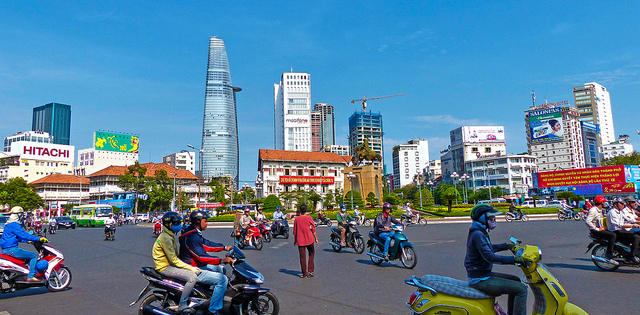 Ho Chi Minh City - Modern Saigon
Ho Chi Minh City - Modern Saigon Tourists who are going to spend their holidays in Vietnam , Saigon is more interesting in the first sense.
Ho Chi Minh City (Saigon) is a city with a rich history. It is known that it existed even before the birth of Christ. But it became Vietnamese only in the 17th century. A characteristic feature can be considered the influence of Chinese and French culture on it, which is why it bears little resemblance to a traditional Vietnamese city. The echo of these two cultures is captured in everything: in religion - Confucianism, in architecture, in cooking.
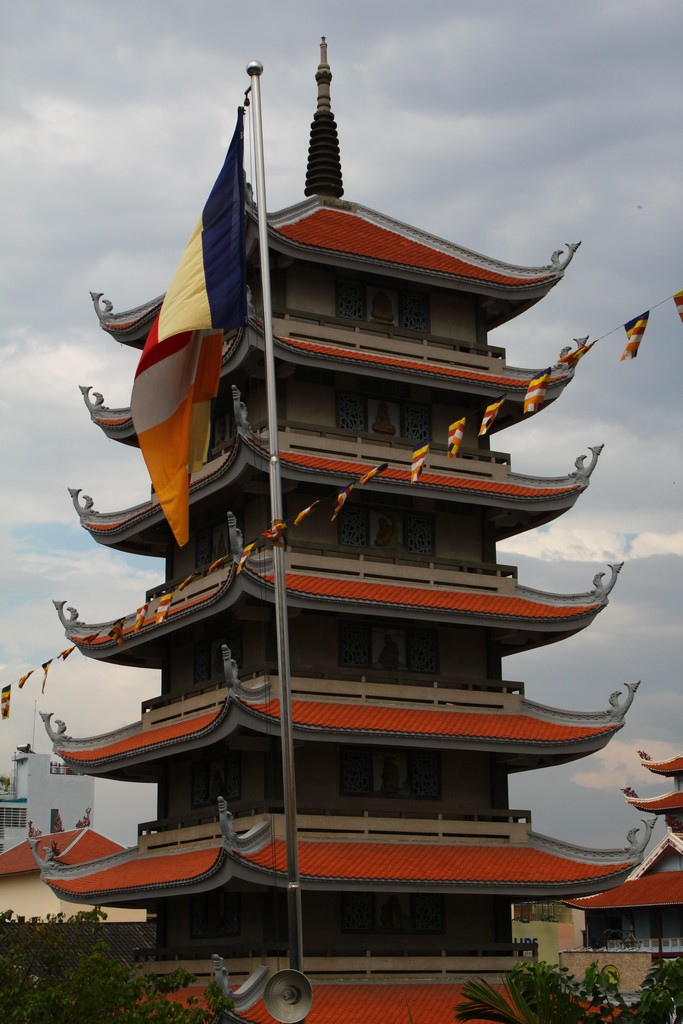
In 1862, the Treaty of Saigon was signed, by which Napoleon III established a French protectorate over Vietnam. Since then, the city has been inhabited by the military elite of France, French managers, who represented local authorities, which affected the architectural appearance of the city. A striking example of that era are the estates that have survived to this day, the houses of the French nobility, the Catholic Cathedral of Notre Dame (or the Great Cathedral).
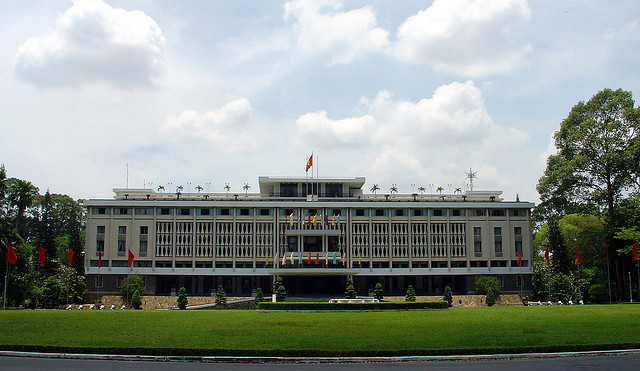
Saigon suffered from the wars that were fought on the territory of Vietnam: first from the guerrilla war with the French, then from the Vietnam War of Independence, in which the United States intervened.

From 1954 to 1975, a puppet South Vietnamese government formed by the United States resided in Saigon (now Ho Chi Minh City). Here was the main US base in Vietnam.
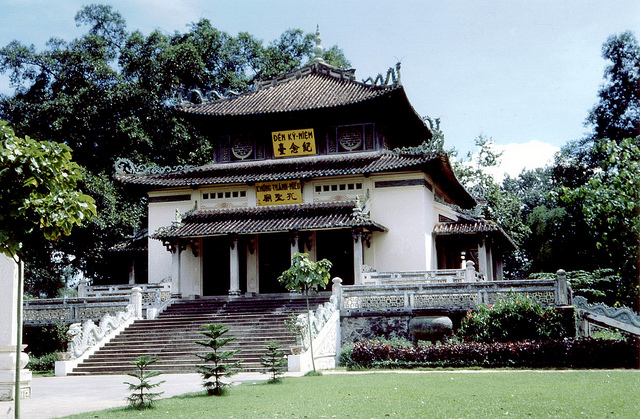
The end of the bloody and victorious war for Vietnam was again put in Saigon. North Vietnamese troops parked a tank on the lawn of the Presidential Palace, which still stands there today, symbolizing the victory of the entire Vietnamese people. So on April 30, 1975, the Vietnam War ended.
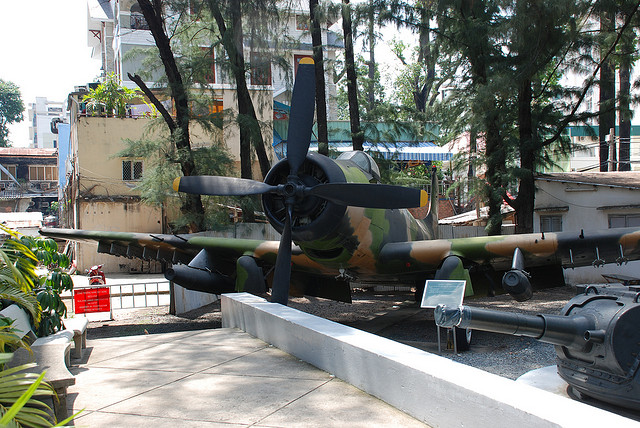
Now the former Presidential Palace is the Independence Palace - one of the main attractions of Ho Chi Minh City.
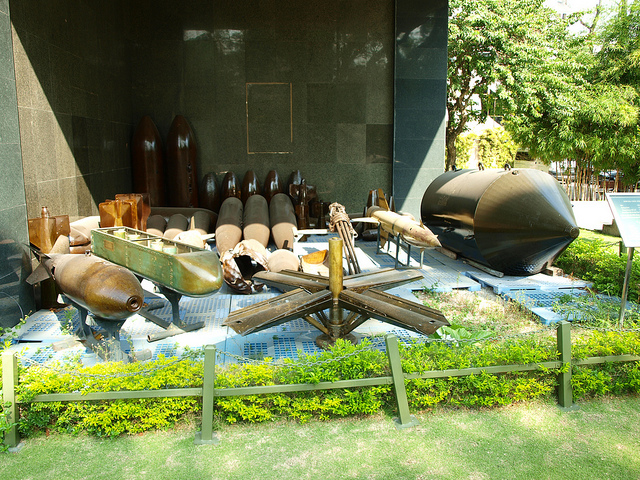
In Saigon, as the residents themselves call it in the old fashion, there is something to see for a tourist. Religious buildings include the Vinh Nghiem Pagoda and the Jacques Vien Pagoda, the Buddhist Saloy Pagodas, and the Temple of Remembrance. The Historical Museum, the Ho Chi Minh Museum and the Military Museum will tell you about the history of this heroic city, and the National Art Gallery will allow you to touch art, even while on vacation.
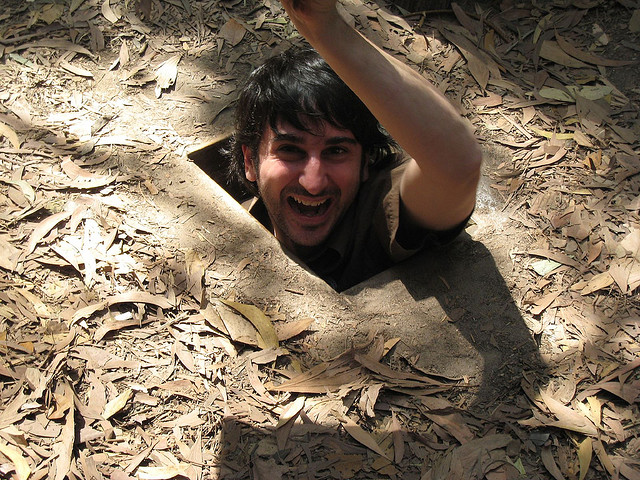
Near Ho Chi Minh City there are also places worth visiting. These are the catacombs of the Vietnamese partisans, which will take you back to the time of the struggle for independence, and the Kanzo Biosphere Reserve (or Wamsat), in which mangrove forests grow.
